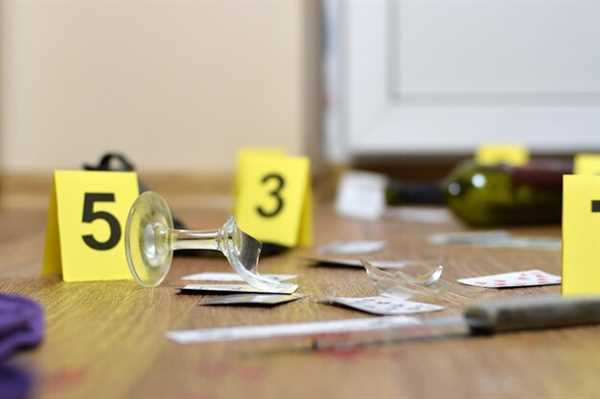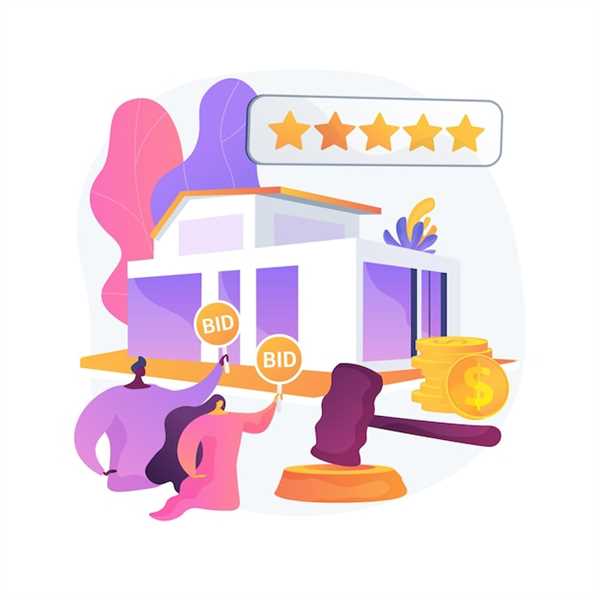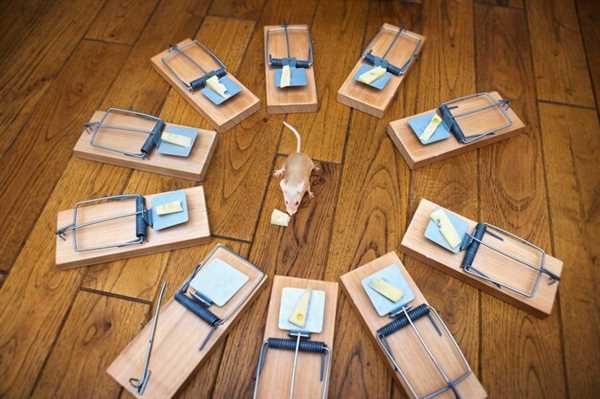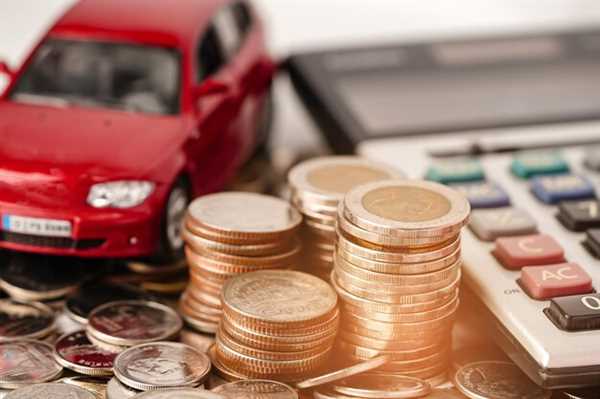
Begin by conducting thorough research on the items of interest prior to attending the bidding event. Utilize online resources and databases to gauge previous sale prices and understand market trends. This knowledge will empower you to make informed decisions, ensuring that your bids reflect true value.
Formulate a clear budget limit for each purchase, taking into account potential repairs or resale costs. Allocating your finances wisely prevents overspending and facilitates strategic bidding. With a defined monetary boundary, you can engage in the auction with confidence.
Develop a keen eye for quality. Assess items not just for aesthetic appeal, but for structural integrity and functionality. Familiarize yourself with common signs of wear and damage that could impact value. This skill can provide a competitive edge, allowing you to spot hidden gems among seemingly average lots.
Network with other bidders and industry insiders to gain insights into their bidding habits and preferences. Building relationships can offer valuable tips and might lead to advantageous partnerships for future ventures, allowing for shared wisdom and collaborative bidding opportunities.
Finally, remain adaptable during the auction. Be ready to change your strategy based on the behavior of other participants. Sometimes the most unexpected bids can lead to the best deals. Stay observant, and adapt swiftly to the evolving dynamics of the auction floor.
Understanding Salvage Vehicle Value Estimation

Accurate valuation begins with assessing the vehicle’s condition. Inspect for structural damage, engine functionality, and the state of major components. Utilize a checklist to ensure no detail is overlooked. This assessment provides a baseline for estimating potential worth.
Research market trends specific to salvaged vehicles similar to your target. Websites and forums dedicated to auctions can offer insights into recent sale prices, guiding a more informed bidding decision. Pay particular attention to vehicles with comparable make, model, and year.
Consider the repair costs versus the projected resale value. Obtain quotes from mechanics or use online calculators to get a clearer picture of the expenses required to restore a vehicle. Subtract these costs from the estimated market value to establish a realistic purchasing limit.
Documentation proves critical in establishing worth. Verify the vehicle’s title status and any attached liens. Accurate records can affect resale potential significantly, influencing how much you should be willing to invest.
Engage with experienced bidders to gain insights into past auction behaviors and outcomes. Their experiences can provide unique perspectives on evaluating value and recognizing undervalued lots, enhancing your approach to bidding.
Mastering Bidding Techniques for Salvage Auctions

Conduct thorough research on vehicles before placing bids. Assess the damages, potential repair costs, and market value of the cars you’re interested in. This information provides a solid foundation for setting a maximum bid limit.
Utilize a bidding strategy that incorporates incremental increases. Instead of large jumps, increase your bid in smaller amounts to maintain your competitive edge without overspending.
Timing is critical; pay attention to the auction’s flow. Place your bid strategically, ideally towards the end of the auction to catch competitors off guard.
Stay aware of other participants. Monitor their bidding patterns and avoid getting involved in bidding wars that could inflate the final price beyond your budget.
Consider setting a strict limit based on your research to prevent impulsive decisions. This self-imposed ceiling will discipline your bidding and help maintain focus on the vehicle’s true value.
Be prepared to walk away. Recognizing when to stop bidding can save you from costly mistakes and allow you to remain within your financial boundaries for future opportunities.
Tips for Post-Auction Restoration and Resale
Focus on assessing the vehicle’s condition immediately after purchase. Create a detailed checklist that covers structural integrity, mechanical components, and cosmetic imperfections. This will streamline the restoration process.
Secure quality parts from reputable suppliers. Cost-effective components might save money, but cheap parts can lead to increased repair time and buyer dissatisfaction. Look for OEM or high-quality aftermarket alternatives.
Document every step of the restoration process with photos and notes. This not only provides transparency to potential buyers but also helps in showcasing the work done and justifying the resale price.
Prioritize repair items based on impact. Address safety issues first, followed by aesthetics and performance enhancements. A well-performing vehicle can attract more buyers, even if it needs a paint job.
Market the vehicle effectively post-restoration. Highlight unique features, modifications, and the quality of repairs done. Utilize social media platforms and car enthusiast groups to reach potential buyers.
Price competitively by researching similar vehicles in the market. Consider the costs involved in restoration and the final appeal of your car before setting a price point to ensure a profitable sale.


